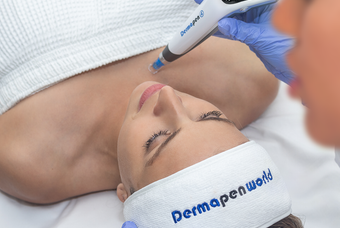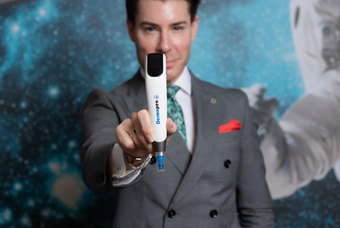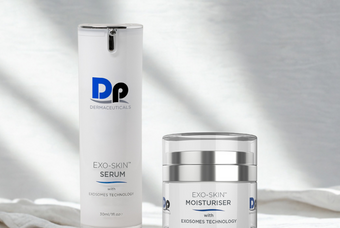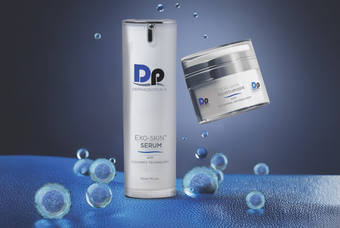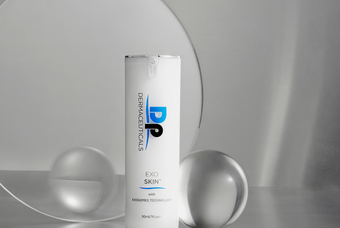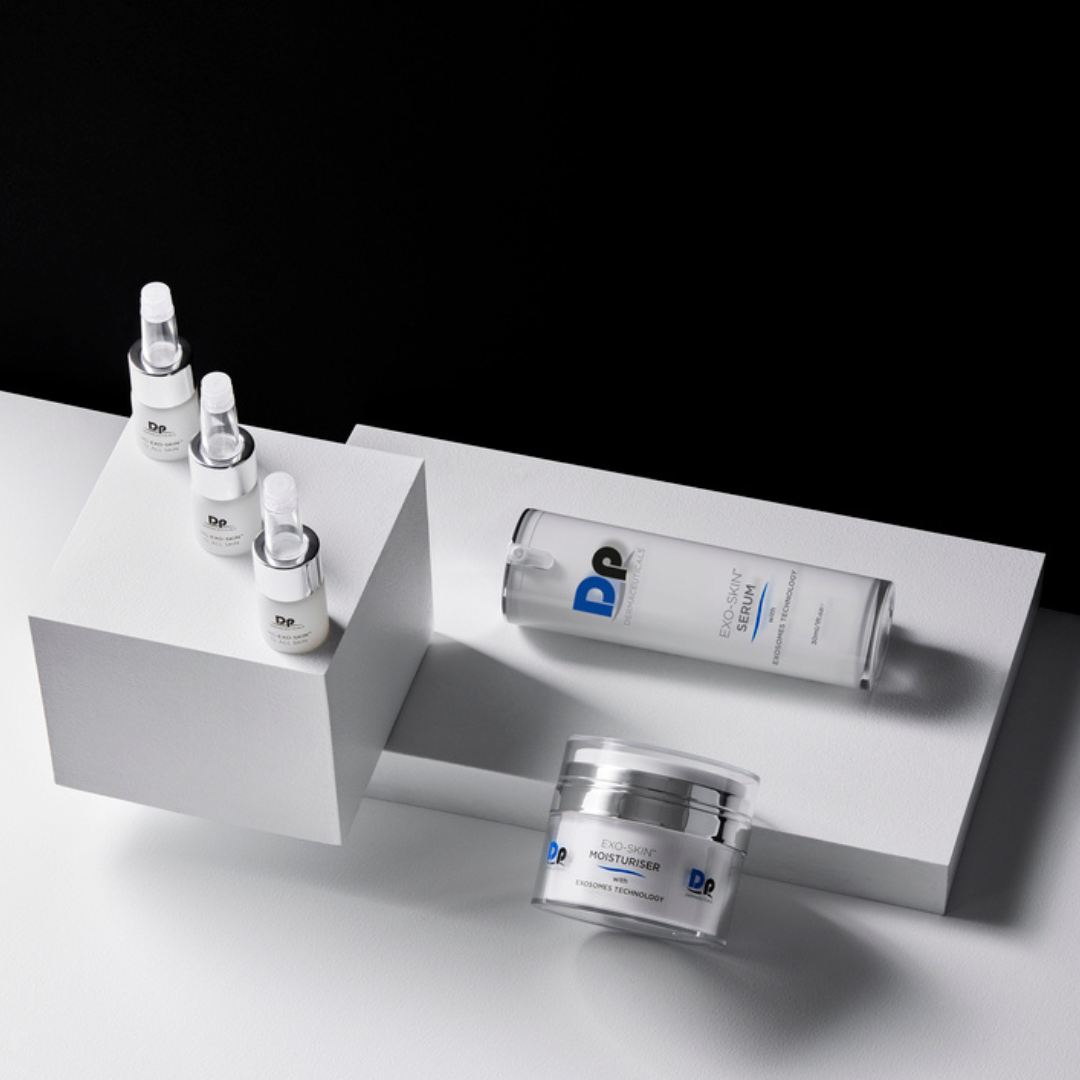Exosome therapy represents the next frontier in regenerative and anti-aging medicine, gaining significant attention for its ability to support cellular repair and rejuvenation. As a non-invasive alternative to traditional anti-aging treatments, exosomes offer a powerful solution for individuals looking to enhance skin health and slow the visible signs of aging.
But what exactly are exosomes, and how do they contribute to skin regeneration? Let's explore the science behind exosome therapy and its transformative benefits.
What Are Exosomes?
Exosomes are small extracellular vesicles naturally produced by cells to facilitate communication and promote cellular function. They act as messengers, transferring bioactive molecules such as proteins, DNA, mRNA, microRNA, and lipids between cells. This signaling process plays a vital role in tissue repair, immune response, and overall cellular rejuvenation.
In skin health, exosomes help stimulate regeneration by delivering key growth factors and proteins that encourage collagen production, improve hydration, and support healing. Their ability to enhance cellular communication makes them an essential component of modern anti-aging therapies.
What Is Exosome Therapy?
Exosome therapy involves applying concentrated exosomes derived from ethically sourced stem cells to targeted areas of the skin. These exosomes attach to skin cells, transferring their bioactive components to support repair and renewal. This therapy is commonly used in aesthetic treatments to improve skin texture, hydration, and elasticity while reducing the effects of aging.
In clinical settings, exosome therapy is often paired with microneedling to enhance penetration and effectiveness. This combination amplifies the skin’s natural healing response, leading to faster and more visible improvements in skin quality.
How Do Exosomes Support Anti-Aging?
As we age, the skin’s ability to regenerate slows, leading to the development of fine lines, wrinkles, and uneven skin tone. Exosome therapy addresses these concerns at the cellular level by stimulating the production of fibroblast cells, which are essential for maintaining skin elasticity and strength.
Key Benefits of Exosome Therapy for Anti-Aging:
-
Supports Collagen & Elastin Production – Increases skin firmness and reduces fine lines and wrinkles.
-
Enhances Skin Hydration & Barrier Function – Strengthens the skin’s natural defenses to retain moisture.
-
Accelerates Tissue Repair – Encourages wound healing and reduces scarring.
-
Balances Skin Tone & Pigmentation – Helps minimize discoloration, sun damage, and uneven texture.
-
Reduces Inflammation & Sensitivity – Soothes skin conditions that contribute to premature aging.
How Exosomes Improve Skin Health
1. Promoting Vascularization
As the skin ages, its ability to maintain healthy blood flow diminishes due to decreased collagen and elastic fibers, resulting in a loss of nutrients and oxygen. Exosomes promote angiogenesis, or the formation of new blood vessels, improving circulation and enhancing skin vitality.
2. Stimulating Collagen Synthesis
Collagen breakdown is a key contributor to skin aging. Exosomes contain microRNA (miR-21), which supports collagen production and encourages keratinocyte migration. This process helps rejuvenate the skin by restoring structure and elasticity.
3. Regulating Inflammation
Chronic inflammation accelerates skin aging by breaking down collagen and weakening the skin barrier. Exosomes reduce inflammatory cytokine expression, helping to soothe irritation and improve overall skin resilience.
How to Use Exosomes for Anti-Aging
Exosome therapy is an innovative alternative to traditional stem cell treatments, offering powerful regenerative effects without invasive procedures. While in-clinic treatments provide targeted results, integrating exosome-infused skincare products into a daily routine can help sustain and enhance long-term benefits.

EXO-SKIN™ – At-Home Daily Exosome Serum
EXO-SKIN™ is a next-generation skincare solution designed for daily use. Formulated with ethically sourced exosomes, it supports continuous skin renewal, enhances hydration, and minimizes the appearance of fine lines and pigmentation.
-
Boosts skin regeneration between professional treatments.
-
Improves texture, tone, and overall radiance.
-
Strengthens the skin barrier to prevent moisture loss.
How to Use: Apply a small amount to clean, dry skin morning and night before moisturizing.

MG-EXO-SKIN™ – Professional-Grade Exosome Serum
MG-EXO-SKIN™ is a clinical-strength exosome serum used by professionals during microneedling and regenerative skin procedures.
-
Enhances the effects of in-clinic treatments for faster, longer-lasting results.
-
Supports post-procedure healing and reduces downtime.
-
Improves elasticity and reduces the appearance of fine lines and scars.
How to Use: Applied by trained professionals during aesthetic procedures such as microneedling or laser therapy.
Exosome therapy is redefining the approach to anti-aging by activating the skin’s natural repair mechanisms at a cellular level. Whether through professional in-clinic treatments or daily skincare regimens, exosome technology offers a science-backed solution for maintaining a youthful, radiant complexion.
Ready to take your skincare to the next level? Experience the power of exosome technology with EXO-SKIN™ Exosome Serum and start your journey toward healthier, more youthful skin.
For Professionals
Enhance your clinic’s treatments with MG-EXO-SKIN™—a professional-grade exosome serum designed to optimize skin regeneration and post-procedure recovery. Learn more today.


